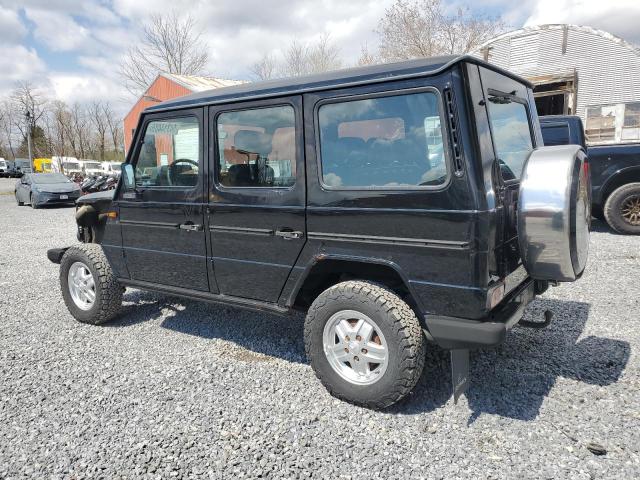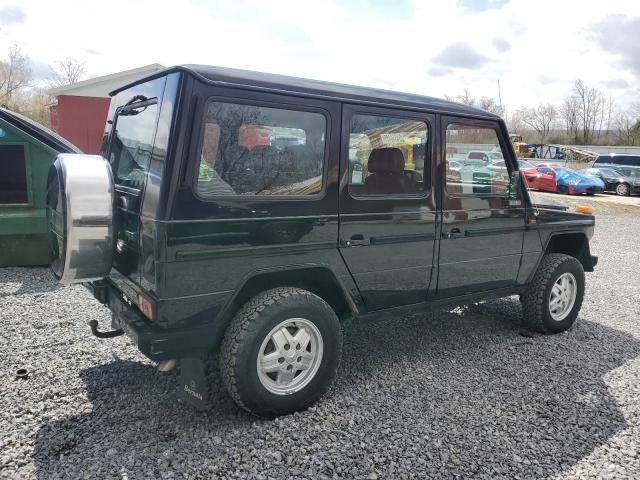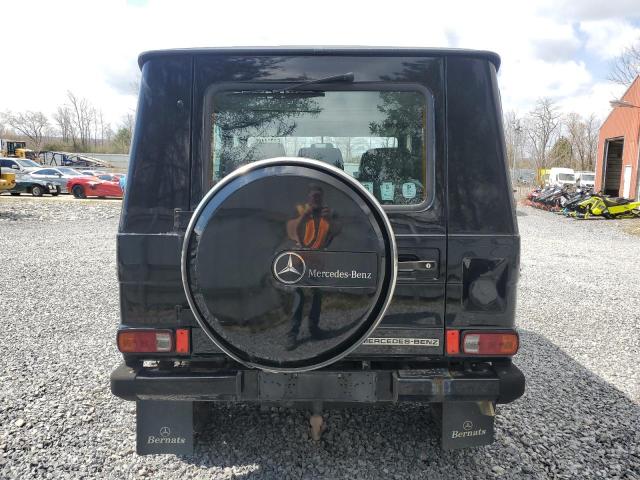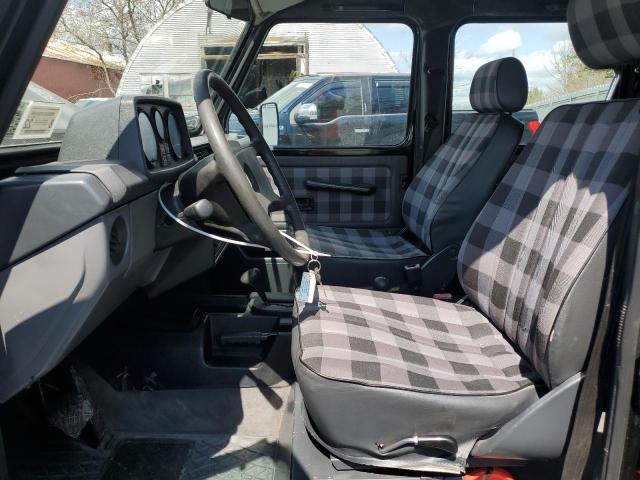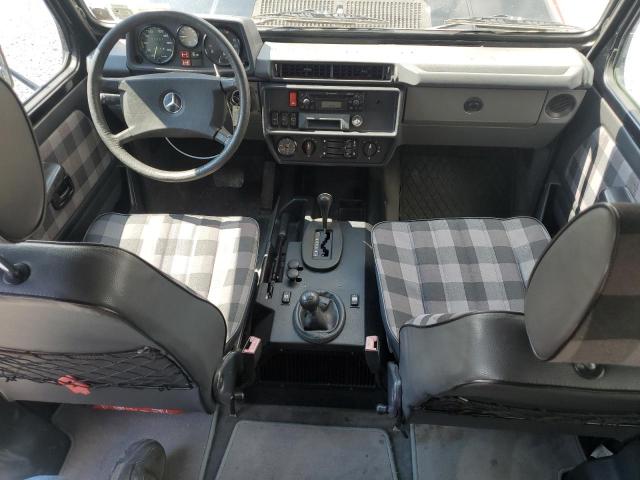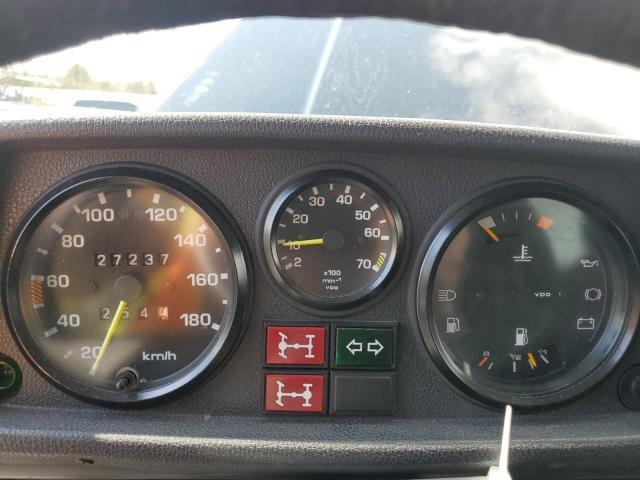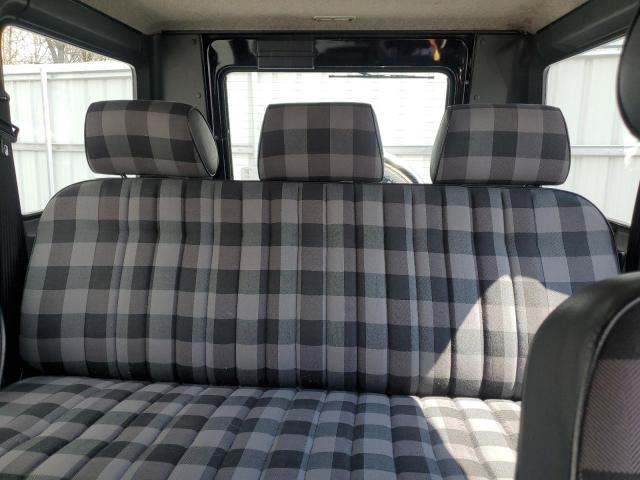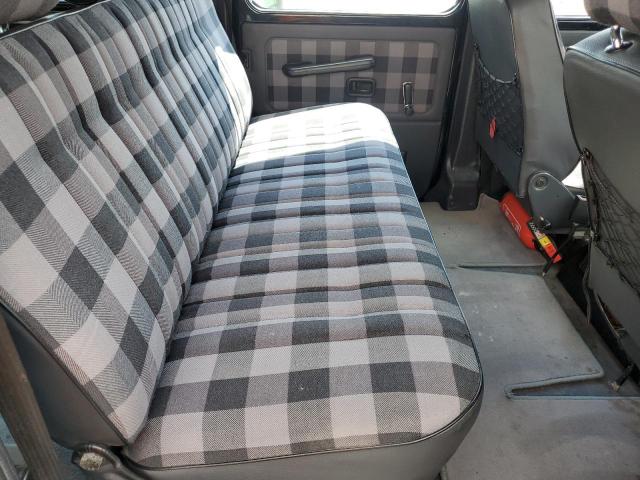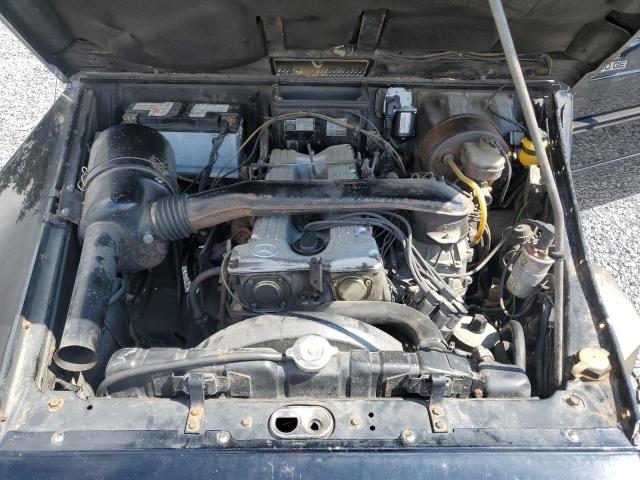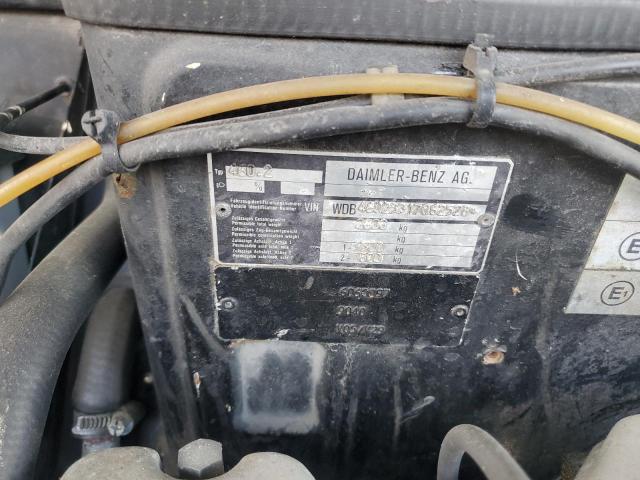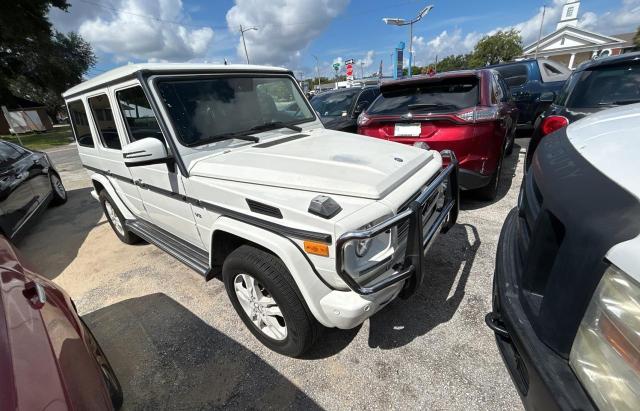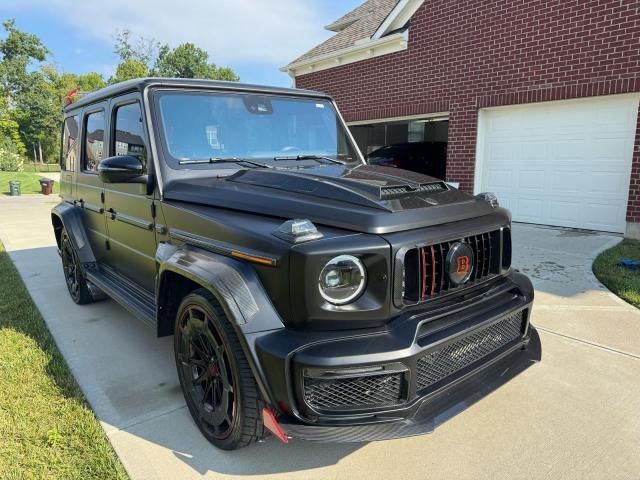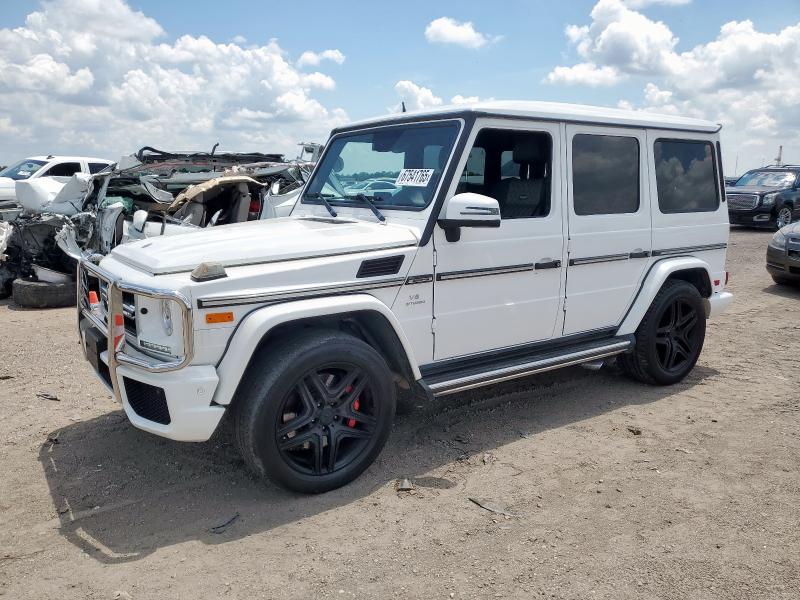1988 | WDB46023317062528
 ❯
❯Lot details
- Sale Date2025-04-28
- Lot Number54314485
- ACV45112 $
- Sale documentVT - CERT OF TITLE-SALVAGE VEHICLE (P)
- LocationNY - ALBANY
- Odometer27,237 miles (43,834 km)
- Primary DamageFRONT END
Vehicle details
- Make
- Model
- Year1988
- TransmissionsAUTOMATIC
Vehicle specifications
5
~$150,000
Engine: 6.0L naturally aspirated V8 (AMG-modified M117)
Torque: ~456 Nm
0–100 km/h: ~6.5 s
The original Mercedes-Benz G-Class (W460/W461) was born as a military-grade off-roader, but by the late 1980s, AMG began transforming select units into high-performance brutes that defied expectations for a boxy 4x4. The AMG 300 GE 6.0, one of the earliest and rarest AMG G-Wagens, packed a massive 6.0L V8 engine derived from the S-Class and massaged by AMG to deliver over 300 horsepower and roughly 456 Nm of torque—nearly triple the torque of standard four-cylinder models.
Thanks to AMG’s work, this square utility vehicle could sprint from 0 to 100 km/h in as little as 6.5 seconds, a figure unheard of for off-roaders of the time. With upgraded suspension, bespoke wheels, reinforced brakes, and a widened track, the AMG G-Class provided surprisingly stable road dynamics, although the high center of gravity and rigid axles still limited true cornering prowess. Its value wasn’t in handling finesse, but rather brute strength and audacious presence.
In contrast, standard G-Class models like the 230 GE, 280 GE, and 300 GD prioritized durability and go-anywhere capability, with acceleration often exceeding 15 seconds to 100 km/h. These versions were all about unstoppable off-road endurance, not speed—but the rare AMG versions hinted at the future path of the G-Wagen as both a luxury and performance icon.
Final Bid Mercedes-Benz G-Class (1988)
$13,800
$13,800
$13,800
Body Styles
The 1979–1991 G-Class was offered in three main body styles: 2-door short-wheelbase convertible, 2-door SWB station wagon, and 4-door long-wheelbase wagon (LWB). All shared the same iconic, upright architecture—flat sides, round headlamps, exposed door hinges, and an industrial, purposeful shape. The body was mounted on a ladder-type steel frame and featured solid axles front and rear. AMG variants introduced subtle body enhancements such as widened fender flares, unique bumpers, side skirts, and in some cases, rear spoilers. Despite their performance focus, AMG G-Wagens retained full off-road hardware, including three locking differentials and a low-range gearbox.
Model Name Meaning (Manufacturer)
The name “G-Class” derives from “Geländewagen”, the German word for “off-road vehicle.” Mercedes-Benz intended it to serve military and civilian duties alike, and it remained true to its utilitarian roots well into the 1990s. AMG versions didn’t change the meaning—but radically redefined what "off-road performance" could mean in a luxury context.
Model Name Meaning (Languages)
“G-Class” or “Geländewagen” is a descriptive name with literal meaning in German-speaking markets and a stylized, rugged feel elsewhere. Its single-letter designation and global consistency have since become synonymous with luxury 4x4 capability. The AMG suffix added performance prestige even back in the 1980s, long before AMG became fully integrated into Mercedes-Benz.
Body & Interior Colors and Rims
Early G-Class models were typically painted in flat military and utilitarian tones such as Sand Beige, Olive Green, Light Ivory, and China Blue. Civilian versions offered deeper hues like Nautical Blue Metallic, Signal Red, and Midnight Black. AMG-modified G-Wagens introduced more luxurious and customized colors, including jet black with color-matched AMG body kits or metallic greys with polished trim.
The interior evolved over time—from spartan rubber mats and vinyl seats to leather, wood trim, and velour carpeting in high-spec and AMG variants. AMG versions introduced Recaro sport seats, custom upholstery, and stitched leather dashboards. Interior color combinations ranged from tan and brown to grey and black, often finished with bespoke AMG steering wheels and auxiliary gauges.
Standard steel wheels dominated lower trims (5-hole design), while AMG versions received wide, multi-spoke alloy wheels or custom 3-piece rims, often finished in silver or white. Tire sizes increased substantially, and many AMG models featured flared arches and aggressive fitment that gave the G-Wagen its first truly muscular stance.
Top Expensive Options
- 6.0L AMG V8 Conversion (hand-built): $35,000+
- AMG Widebody Kit with Painted Flares and Side Skirts: $12,000
- Recaro Sport Leather Seats with Integrated Headrests: $3,000
- AMG-Specific Suspension and Reinforced Brakes: $5,500
- Custom AMG Exhaust System: $3,200
- Mahogany or Zebrano Wood Interior Trim Upgrade: $1,800
- AMG Alloy Wheels with Wide Tire Package: $2,600
- Rear Spoiler and Roof Spoiler (AMG Styling): $1,200
- Leather-Wrapped Dash and Console: $2,000
- Becker Mexico Cassette Stereo with Equalizer: $900
vs Competitors
In the 1980s, the G-Class stood largely alone in its category—more capable than a Range Rover Classic, far more luxurious than a Jeep Cherokee, and leagues beyond a Toyota Land Cruiser J60 in exclusivity. With the AMG variant, Mercedes created a niche no other manufacturer occupied at the time: a luxury 4x4 with serious power. The Lamborghini LM002 was a wilder alternative, but lacked the G-Wagen’s civil refinement. The AMG G-Class was unique: military bones with a velvet glove and a sledgehammer under the hood—setting the stage for the performance SUV era long before it became mainstream.
Fun Fact
Only a handful of AMG G-Class 6.0 models were built during this era—as few as 5–10 units, depending on documentation—making them some of the rarest AMG vehicles ever made. These were fully customized by AMG when it was still an independent tuner, often commissioned by Middle Eastern royals or elite European clients seeking the ultimate blend of opulence and off-road brutality.



